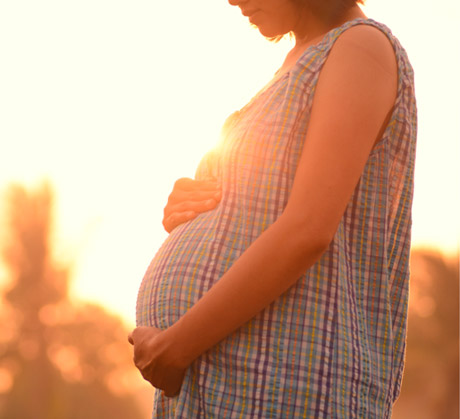
Weight gain in pregnancy is a combination of the baby, the placenta, increased blood volume, increased breasts, and fat deposits. Bump shape can vary from woman to woman and from pregnancy to pregnancy. There are small high bumps, bumps that carry all out front, bumps that don’t stick out much but are wide, then everything in between.
There are a lot of theories as well as to what the shape might mean for the pregnancy – for example, whether it’s a boy or a girl – but these theories aren’t evidence-based.
Your antenatal team will measure your bump regularly to check that it is in the expected range. If it is bigger than expected or smaller than expected you may have extra scans to check that your baby isn’t small for dates (intrauterine growth restriction), or isn’t too big (which can be due to gestational diabetes). Mums who have potential risk factors may have routine serial scans every 4 weeks as fundal height measurements on mums with raised BMI or twin pregnancies are very inaccurate. Likewise, mums who have had previous small babies will also have serial scans to monitor fetal growth.